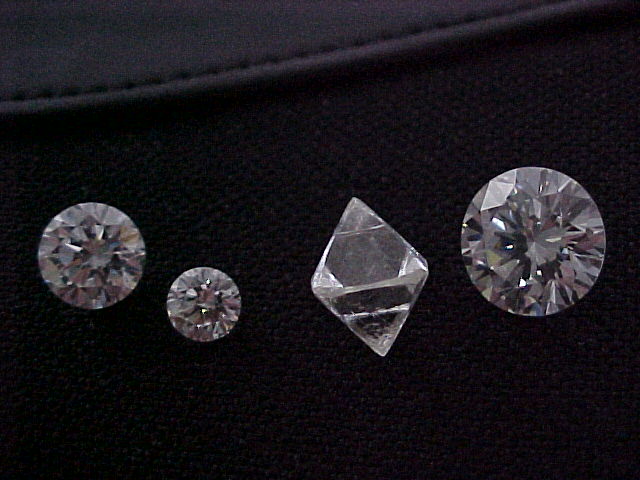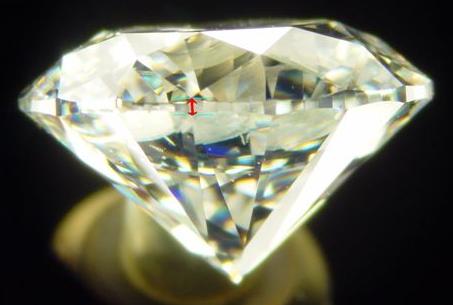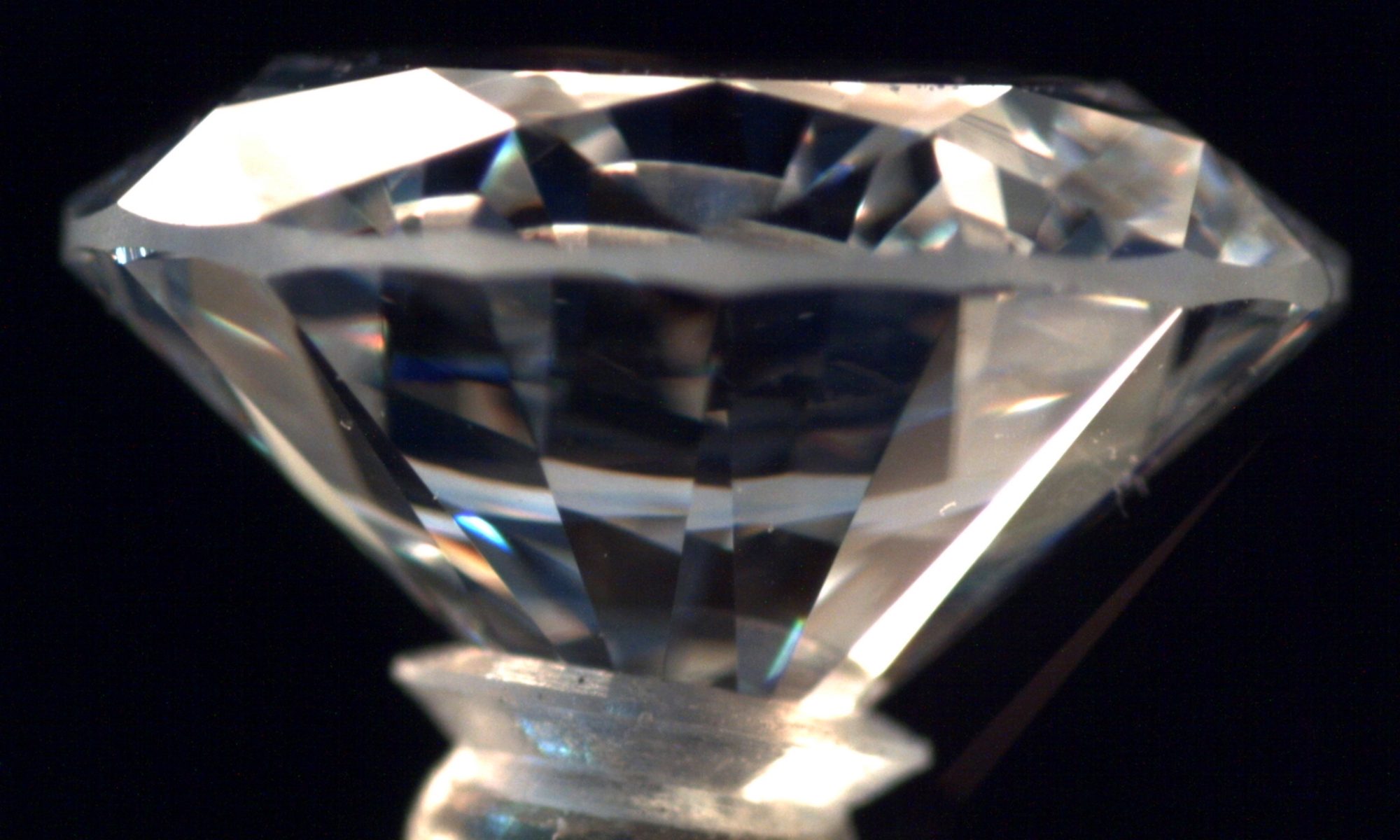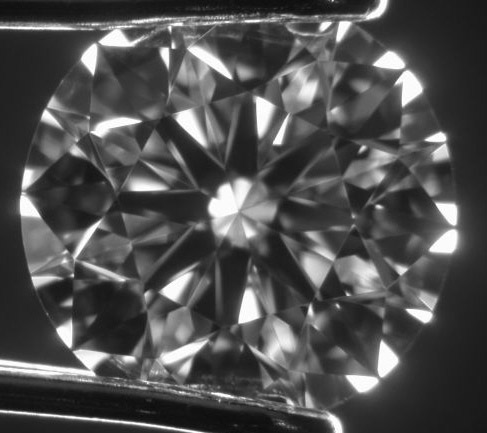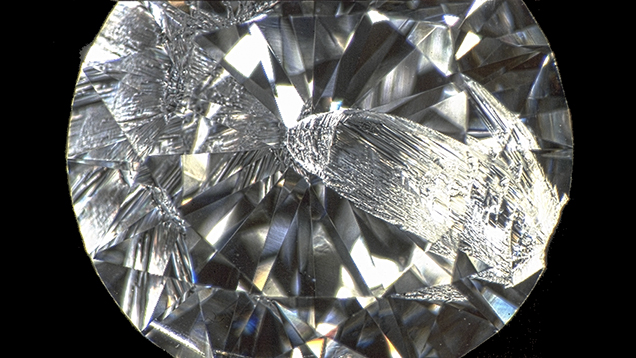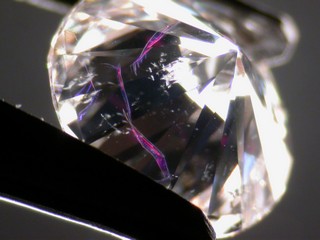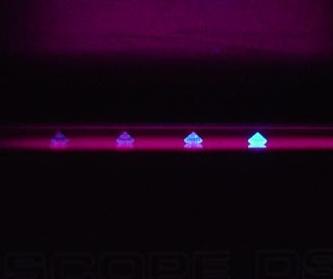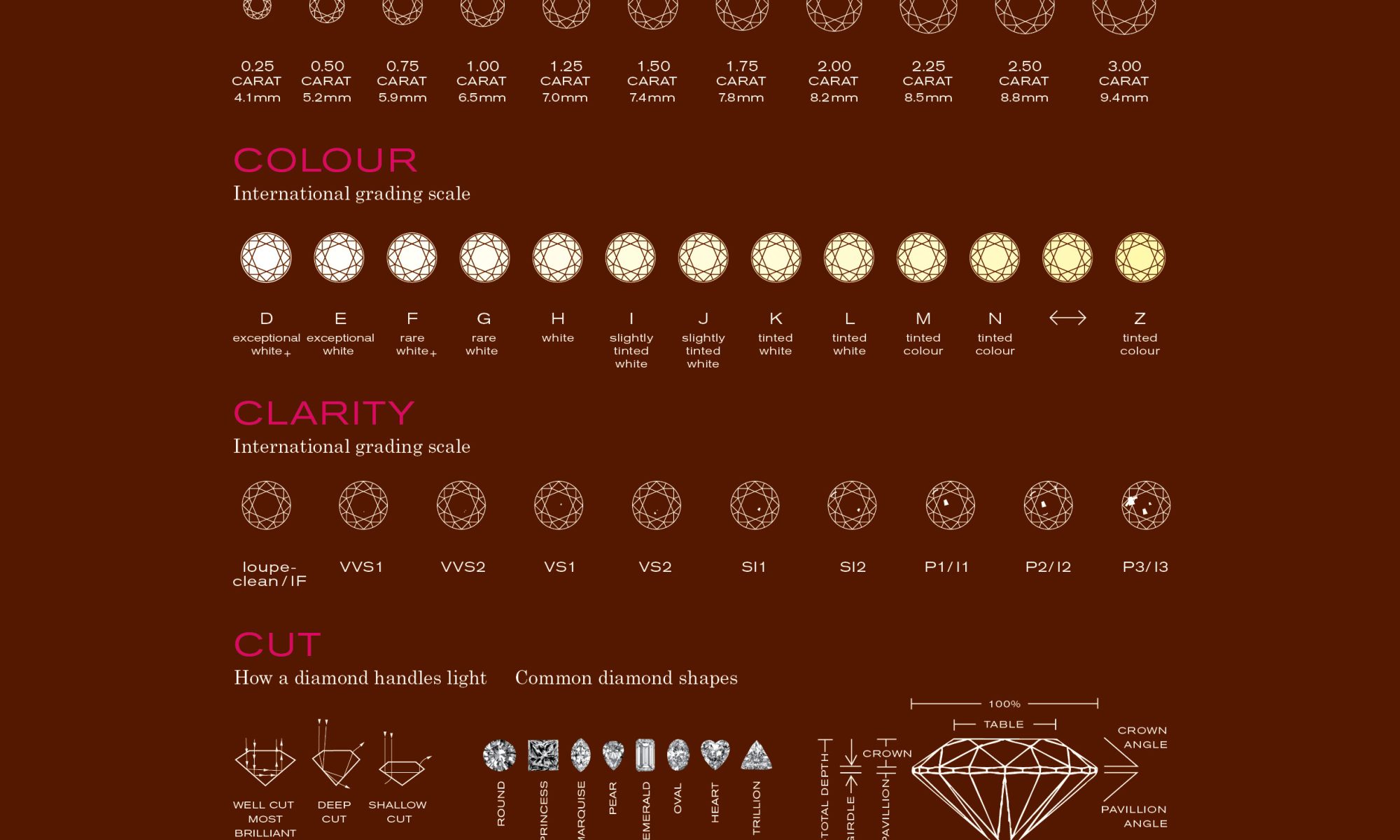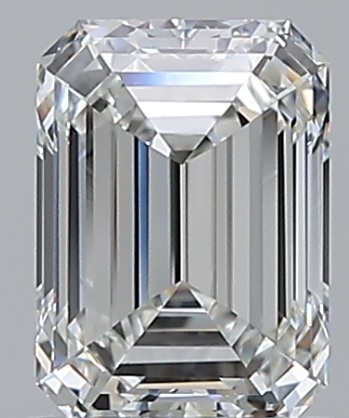A Traditional Unit of Diamond Weight Measurement
The term “grainer” is used in the diamond industry to describe a diamond’s weight in quarter-carat (0.25 ct) increments. It is derived from an ancient method of weighing gemstones and precious materials using natural seeds or grains.
In historical gemstone trading, the weight of diamonds was originally measured in grains of wheat or rice before the adoption of the metric carat system. One carat (1.00 ct) was equivalent to four grains of rice, leading to the term “four grainer” for a 1.00-carat diamond (4 × 0.25 ct = 1.00 ct).
Understanding the Grainer System in Diamond Weight
The grainer system remains a widely used traditional unit in the diamond industry, particularly among traders, jewellers, and manufacturers.
Grainer Diamond Weight (Carats) Description
One Grainer 0.25 ct A small diamond often used in accent stones or cluster settings.
Two Grainer 0.50 ct A half-carat diamond, popular for jewellery.
Three Grainer 0.75 ct A diamond nearing the one-carat mark.
Four Grainer 1.00 ct A full-carat diamond, a benchmark size in the industry.
Eight Grainer 2.00 ct A two-carat diamond, considered a luxury size.
Since carat weight affects the value of a diamond exponentially, rather than linearly, a four grainer (1.00 ct) diamond is worth significantly more than four one-grainer (0.25 ct) diamonds of the same quality.
Historical Origins of the Grainer System
1. Early Trade and Natural Measurement
Before precise gemstone scales, ancient traders used grains of wheat, rice, or carob seeds to determine gemstone weight.
The carob seed was particularly favoured due to its uniform size and weight, eventually leading to the development of the carat system.
2. The Transition to Carats
Over time, the industry standardised the weight of one carat to 200 milligrams (0.200 grams).
The term “grainer” persisted, especially in wholesale diamond trading and manufacturing, as it provided a quick reference for size estimation.
Modern Usage of the Grainer System
1. Wholesale Diamond Trading & Pricing
Grainer terminology is common among diamond dealers, particularly in India, Antwerp, New York, and Hong Kong.
Traders often negotiate diamond prices in terms of grainers rather than carat weight.
2. Diamond Sorting & Manufacturing
In diamond cutting and sorting, rough diamonds are categorised into grainers to estimate how they will be cut into polished stones.
Rough diamonds may be described as one-grainer rough (0.25 ct) or four-grainer rough (1.00 ct), depending on their potential yield.
3. Jewellery Design & Setting
Accent stones in rings, earrings, and bracelets are often measured in grainers rather than carats for precision.
For example, a tennis bracelet may contain 20 two-grainers (0.50 ct each), totalling 10.00 carats.
Why the Grainer System Still Matters Today
Quick Size Reference – Allows jewellers and traders to communicate diamond weights efficiently.
Tradition & Heritage – Preserves historical methods of diamond measurement.
Practical for Diamond Sorting – Helps manufacturers categorise and plan rough diamond cutting.
Although modern diamond transactions primarily use the metric carat, the grainer system remains a valuable industry standard, particularly in wholesale and manufacturing sectors.
